Converting old newsletters into a modern on-screen experience
Example of prior pdf version of newsletter. Only a print pdf.
Converting old newsletters into a modern on-screen experience. SkinCare Physicians Newsletter.
A true “digital newsletter” but more—a modern, responsive website with analytics, SEO, and cross media integration.
PDF still has its place. Still highly regarded and widely used and accepted around the world. Same with print—live and well. And while economic shutdowns have an effect on print, there’s still a time and place for print. In fact, now more than ever.
However, in the growing ‘digital’ world, it’s apparent that there continue to a tremendous need for more digital and online content that tap into the benefits of the modern day: Mobile, responsive, digital, analytics, security, SEO, cross links, social media integration, storage, database, and ease-of-use.
Developing any creative material begins with not just the visuals— which play a huge role in any visual communications, but also the planning involved in the content (text, graphics, etc…) but more important, what TYPE of deliverable or media is most appropriate?
Print, pdf, digital, online, social media, website, etc… There are a lot of options, so it comes down to what fits your business, your content, but mostly what fits YOUR target audience. They are the ones engaging and they’re going to either read it, engage in it, react to it, share it— or not. So you want it to look sharp, read sharp, and be delivered to them where they are. And they are mostly online.
So enter the traditional “newsletter.” Days of old, you’d get a printed one in the mail. Then over the past few years, you now have a “pdf newsletter.” And hey, those work pretty well… But what they do lack is that online integration. The analytics, the simplicity of changing content, adding user and admins to help, and the responsiveness allowing mobile viewing much easier.
This example, I took an old design of a pdf version and more or less, converted it to an on-screen or online version.
I started with finding an appropriate domain name to register for the client, so they now own that. Next, a free Google account which allows us to create simple and easy databases, sheets, docs, and 15GB of storage for their archives and images. Next, designing it so it’s cohesive with their brand, easy for the reader to absorb content, and easy for the company to work with— thus creating admin use accounts so they can work on it but not alter the settings that may jeopardize the site. Ultimately, it’s a modern, responsive website with analytics.
So now, we populate it with content, and I implement a lot of web development aspects that make it SEO friendly (easy to find), analytics to easily track what is read and what is not— and by whom as well as integrate social media and cross market all of their channels (website, YouTube, LinkedIN, etc…).
Once it’s launched, we now archive and make available pdf version that are or were created separately for those that want them. I provide user names and passwords for admin access, SEO or analytics access, and we’re off! I also am on standby to get in and work on any part of this micro website for them when they need it. Adding graphics, text, editing, etc…
They now can market this, distribute it, and engage with customers regularly and obtain a LOT more than they would have with a printed or plain pdf version of their newsletter.
The benefits of an online digital newsletter
A modern responsive micro-website with SEO, analytics, and cross-media integration
100% online/digital
Responsive (desktop, tablet, laptop, smartphone)
Separate admin account access for specific areas of the site
Analytics data, quickly
Simple SEO integration to help build the presence, exposure, and brand continuity
Easy to edit
Exciting, modern, engaging designs
Add pdf links for pdf or print pdf versions to be downloaded (created separately)
Custom domain name for practicality, marketing, and appropriateness (naming it right gets attention!)
Easy database integration
Easy to add forms, contact, gateways, info-gathering
Easy to change design items (fonts for example across the site)
Easily cross reference other sites, pages, documents and content
Easily integrate social media and other platforms
Edit and work with on any device anywhere—no need for complex software



